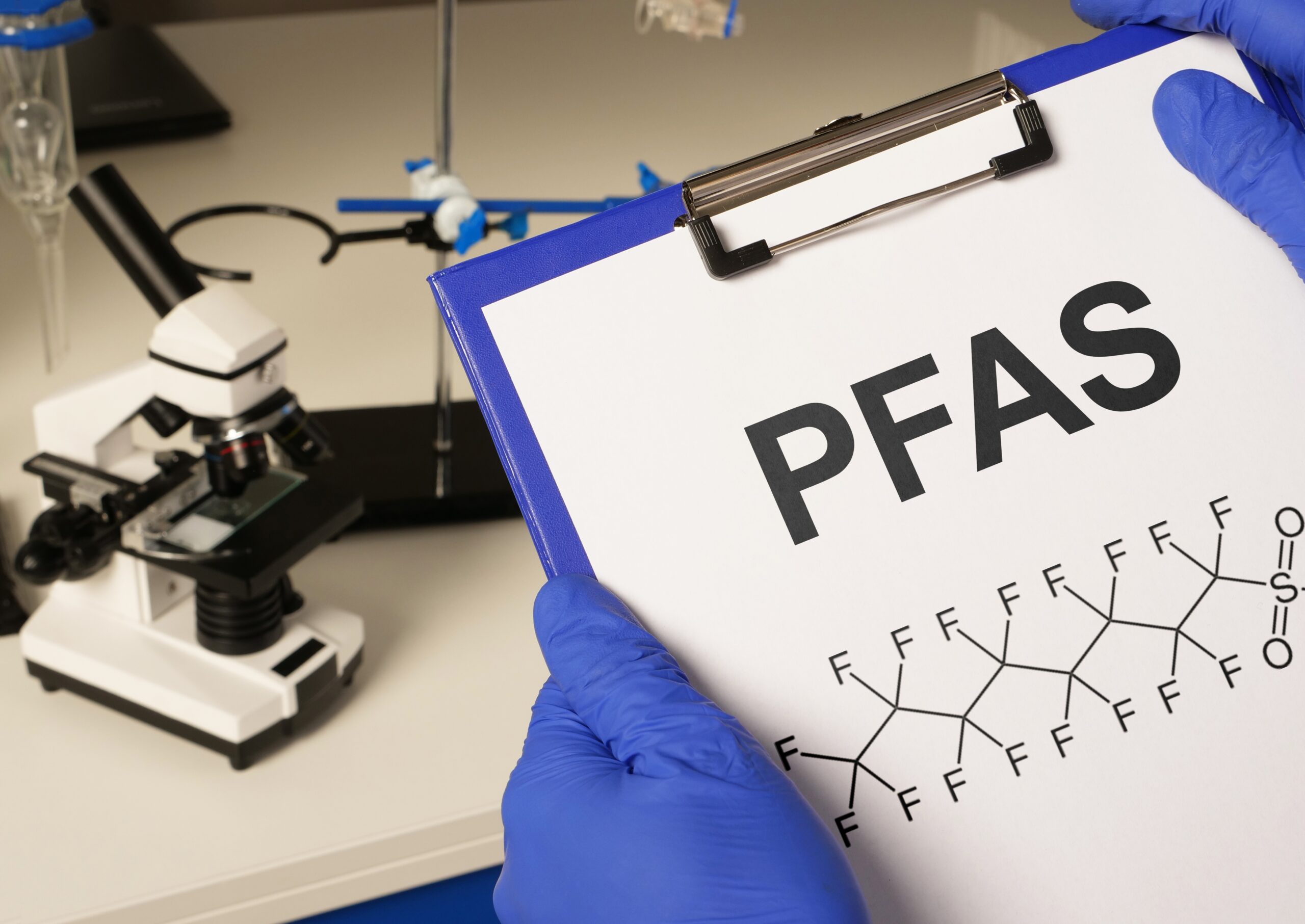What if everything you think you know about kids and addiction is backwards—and the real problem isn’t a chemical in their brains, but a culture that’s forgotten how to let them be bored?
Story Snapshot
The dopamine “addiction” narrative lacks scientific support when applied to kids’ tech use and everyday behaviors.
Blaming dopamine can distract parents from addressing real mental health issues in children.
Labeling normal passions as “addictions” muddles distinctions between substance abuse and everyday enthusiasm.
History shows a pattern of moral panics targeting the latest youth behaviors, often missing the true underlying causes.
Dopamine: The Science, The Myth, and The Misdirection
Parents, pundits, and pop scientists have made dopamine a scapegoat for every childhood obsession, from video games to cat memes. Academic journals now catalog “milk tea addiction” and “dance addiction,” even “addiction” to real-life friends, using the same criteria as substance abuse. But peer-reviewed research confirms that the dopamine surges seen in genuine drug addiction simply do not occur with these behaviors. Cocaine and amphetamine spike dopamine levels in the brain to astronomical heights—over 300% and 1,000% of baseline, respectively—while eating food or playing a game barely nudges the needle. The difference isn’t just in degree, but in kind: drugs hijack the brain’s reward system after use, while ordinary pleasures provide a modest, anticipatory buzz that fades quickly.
Headlines warn of “dopamine blowouts” and call for “dopamine fasts,” but the science behind these claims is shaky at best. Health experts in the media routinely conflate the roles of dopamine in substance abuse with its functions in everyday pleasure, movement, and memory. The result? Parents are misled into thinking that every burst of enthusiasm is a slippery slope to addiction, and children’s real struggles—anxiety, depression, loneliness—are ignored in the rush to confiscate phones or ban TikTok.
When Enthusiasm Becomes “Addiction”—And Why That’s a Problem
The Diagnostic and Statistical Manual’s criteria for addiction blur the line between passion and pathology. Suppose you answer “yes” to questions like, “Do you think about your hobby when you’re not doing it?” or “Do you use it to relieve stress?” If your hobby is reading, exercise, or even fishing, these are healthy outlets. For heroin, they spell disaster. But the distinction is ignored when behavioral “addictions” are diagnosed using the same checklist as substance abuse, despite a lack of tolerance, withdrawal, or neurological hijacking.
The best evidence suggests that so-called “technology addiction” works more like bookworm enthusiasm than heroin dependency. There’s no clinical withdrawal from Instagram, and video games do not interact with the brain’s dopamine systems the way illicit drugs do. When parents interpret every intense interest as a warning sign of addiction, they may overlook genuine emotional distress, mistaking symptoms for causes. Smartphones are designed to grab attention, but so are cliffhangers in novels, and few call the library a den of vice.
Pseudoscience, Moral Panic, and the Culture War Over Boredom
The dopamine scare is the latest in a long line of moral panics about youth and new technology. In the 1950s, comic books were blamed for juvenile delinquency. Today, schools attempt to solve classroom woes by banning phones, only to find that student outcomes sometimes worsen. When scientific language is misapplied to justify bans or restrictions, it serves more as a rhetorical weapon than a tool for understanding. The “don’t do X because it will dangerously rewire your brain” refrain is more persuasive than admitting, “I just don’t like it.”
Bookshelves groan under the weight of “Dopamine Detox” and “Dopamine Reset” guides, promising happiness only to those who abstain from short-term pleasures. Advice columns draw arbitrary lines between “good” and “bad” sources of dopamine, urging readers to meditate and exercise instead of enjoying a slice of cake or a silly meme. But dopamine is not a moral force; it’s a neurotransmitter involved in everything from tying your shoes to anticipating Christmas morning. Neuroscientists warn that reducing complex behaviors to a single chemical betrays both science and common sense.
What’s Actually Going On With Kids—And Why It Matters
Cases of compulsive technology use often signal underlying mental health issues, not a brain hijacked by dopamine. Research shows that anxiety and depression typically precede compulsive behaviors, not the other way around. Attempts to “fix” kids by removing their devices may rob them of coping tools and social connections, missing the real point entirely. The narrative that kids are dopamine junkies distracts from harder conversations about boredom, resilience, and emotional health.
American culture loves a tidy villain, and dopamine fits the bill. But scapegoating a brain chemical only perpetuates confusion about what children actually need—a chance to be bored, to daydream, to develop passions, and, yes, to make mistakes. The real crisis isn’t biochemical but cultural: a refusal to accept that boredom is the soil in which creativity and maturity grow. Parents, let your kids be bored. The science—and common sense—are on your side.
Sources:
Addiction Fiction: Dopamine Is Not Why Kids Love TikTok
Drugs, Dopamine, and Human Behavior: PubMed














